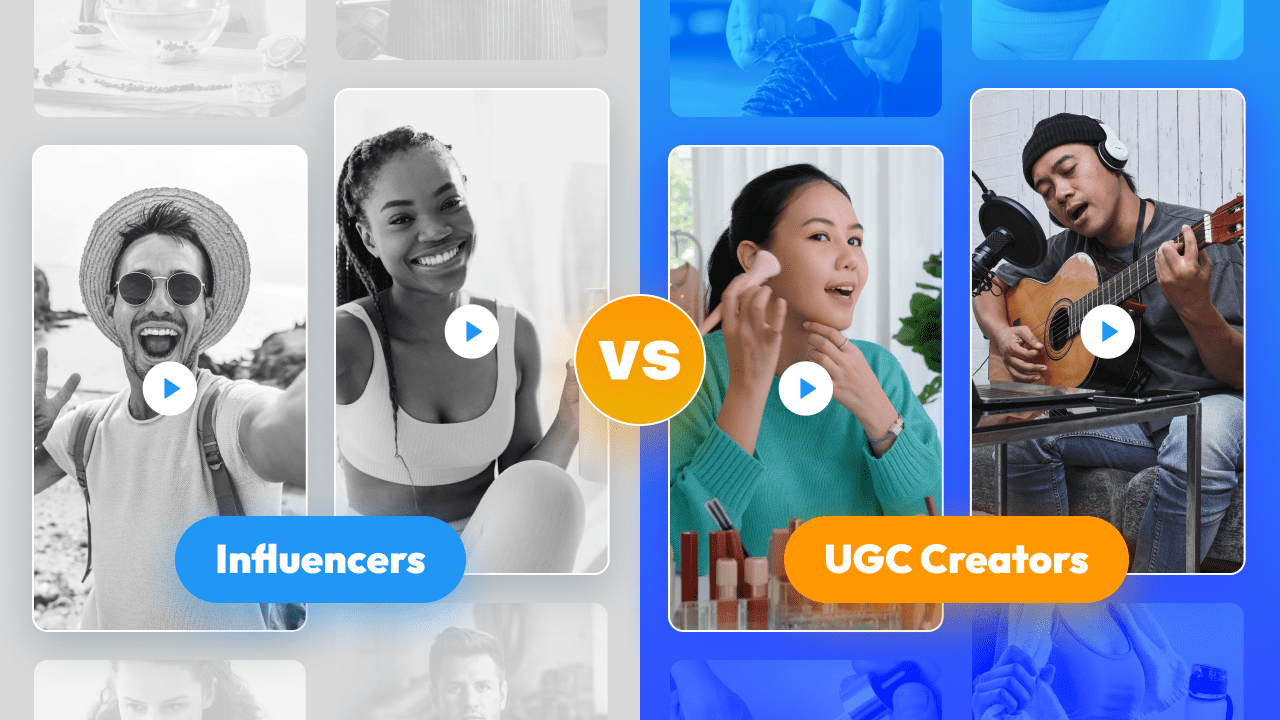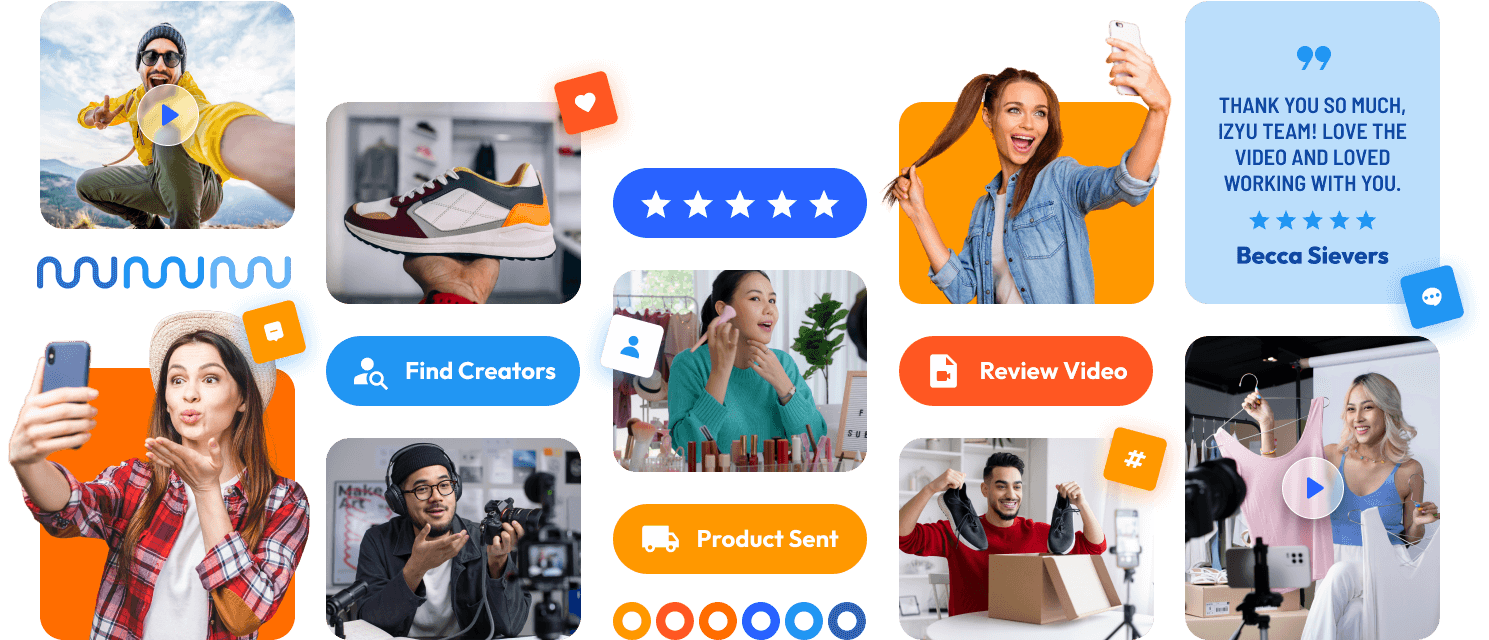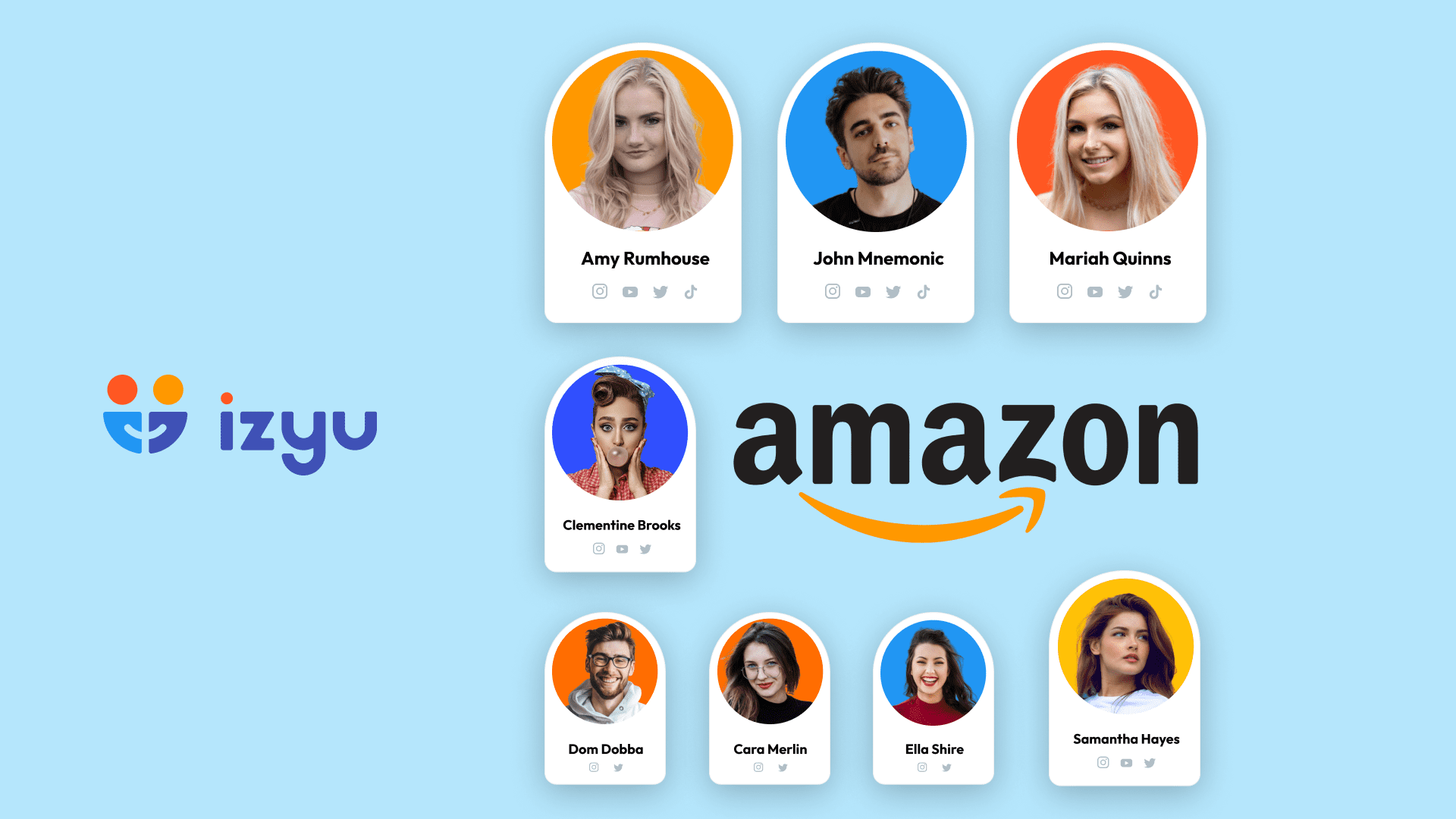Welcome to our comprehensive guide on user-generated content (UGC) and why it is so important in today’s digital landscape. In this article, we will explore what user-generated content is, where it comes from, and why it holds immense value for businesses. We will also discuss different types of UGC, provide examples, share some tips on how to leverage UGC effectively, and introduce helpful tools.
What is user-generated content?
User-generated content refers to any content that is created by individuals, customers, fans, or users of a brand or product. It can take various forms, such as text, images, videos, reviews, testimonials, social media posts, and more. Unlike content created by brands or businesses themselves, UGC is voluntarily generated by consumers and showcases their personal experiences, opinions, and creativity.
Where does UGC content come from?
UGC can come from different sources, including:
1. Customers
Customers who have interacted with a brand, whether they have purchased a product or engaged with their services, may create content to share their experiences. This can include product reviews, testimonials, or social media posts featuring the brand.
2. Brand loyalists
Brand loyalists are passionate advocates of a particular brand. They often go above and beyond to create content that promotes and supports the brand they love. This can include creating videos, writing blog posts, or sharing their experiences on social media.
3. Employees
Employees can also generate content that showcases their pride in their work or highlights the company culture. This can include behind-the-scenes photos, employee testimonials, or blog articles about their experiences with the brand.
4. UGC creators
Some individuals have a talent for creating content and actively seek opportunities to showcase their work. They may create content related to a specific brand or product with the hope of gaining exposure or recognition.
Why is user-generated content important?
Takes authenticity to the next level
One of the most significant advantages of user-generated content is its authenticity. Unlike branded content, which may come across as promotional or biased, UGC is created by real people sharing their honest opinions and experiences. This authenticity resonates with consumers and builds trust in the brand or product.
Helps establish brand loyalty and grows community
When customers actively engage with brands by creating content, it fosters a sense of loyalty and belonging. By showcasing their UGC, brands can create a community where customers feel valued and connected to each other, leading to increased brand loyalty.
Acts as a trust signal
Consumers often rely on the opinions and recommendations of others before making purchasing decisions. User-generated content serves as a trust signal, showing potential customers that real people have had positive experiences with a brand or product.
Increase conversions and influence purchasing decisions
UGC has a significant impact on conversions and purchasing decisions. When potential customers see UGC featuring positive experiences, they are more likely to trust the brand and make a purchase. Additionally, UGC can provide valuable insights into products or services, helping potential customers make informed decisions.
Adaptable and flexible
UGC can be utilized across various marketing channels, including websites, social media, email campaigns, and more. Its adaptability allows brands to leverage UGC in different ways to suit their marketing strategies and reach a wider audience.
More cost-effective than influencer marketing
Influencer marketing has gained popularity but can be expensive. UGC, on the other hand, offers a more cost-effective alternative. Brands can encourage customers to create content without incurring the high costs associated with partnering with influencers.
Works in harmony with social commerce
Social commerce has become increasingly prevalent, with consumers making purchases directly through social media platforms. UGC enhances the social commerce experience by providing real-life examples and reviews of products, encouraging other users to make purchases.
Types of user-generated content
User-generated content is diverse and can take many forms. Here are some common types:
- Product reviews and ratings
- Testimonials
- Social media posts
- Photos and videos featuring the brand or product
- Blog articles or guest posts Q&A and discussion forums
- Competitions and contests
Best user-generated content examples
Here are a few notable examples of brands effectively utilizing user-generated content:
- Example 1: Brand XYZ created a social media campaign encouraging customers to share their favorite moments using their products. They selected the best photos and featured them on their website and social media profiles, giving credit to the original creators.
- Example 2: Brand ABC launched a contest asking their followers to submit a video testimonial explaining how their product has improved their lives. The winning testimonial was shared on the brand’s website and used in targeted ad campaigns.
- Example 3: Brand PQR created a dedicated section on their website where customers could share their experiences and reviews. This UGC section acted as a valuable resource for potential customers researching the brand.
User-generated content tips
Always request permission
Before using user-generated content, make sure to obtain permission from the original creator. This ensures that you are respecting the intellectual property rights of others and avoids any legal complications.
Credit the original creator
It is essential to give credit to the individuals who have generated the content. This not only acknowledges their efforts but also builds trust and encourages further UGC creation.
Be clear about what kind of content you’re looking for
When encouraging UGC, be clear about the type of content you are interested in. Provide guidelines, suggestions, or even specific prompts to make it easier for users to create relevant and engaging content.
Be strategic and set goals
Define your objectives and set specific goals for leveraging UGC. Determine how you will measure success, whether it’s through increased engagement, conversions, or brand loyalty.
User-generated content tools
Below are some helpful tools that can assist in managing and leveraging user-generated content:
- Tool 1: Social media monitoring tools
- Tool 2: Content aggregation platforms
- Tool 3: Hashtag tracking and analytics tools
- Tool 4: Testimonial and review management platforms
- Tool 5: UGC creation and curation platforms
In conclusion, user-generated content is an incredibly valuable asset for brands in today’s digital landscape. By leveraging the authenticity and trust associated with UGC, businesses can enhance their brand loyalty, influence purchasing decisions, and create a thriving community of engaged customers.



